Surf towns represent the perfect fusion of natural wave-riding opportunities and distinctive cultural atmospheres that have evolved around this ancient sport. The most beloved surf destinations offer more than just consistent swells—they provide communities where ocean appreciation shapes everything from local businesses to daily rhythms. From legendary point breaks to hidden reef passes, these towns attract wave hunters while maintaining their unique character.
Here is a list of 17 extraordinary surf towns that have earned global reputations as must-visit destinations for those who organize their lives around riding waves.
Haleiwa, Hawaii
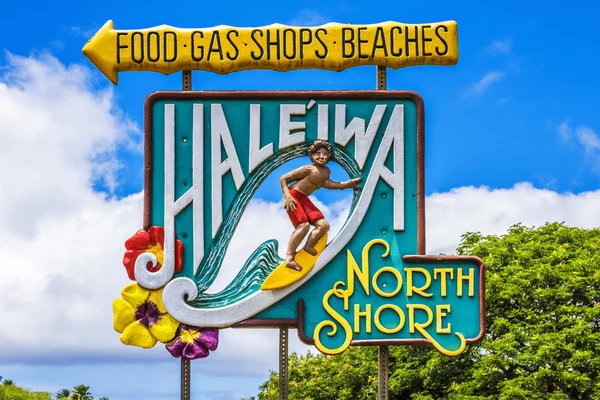
Positioned as the gateway to Oahu’s famed North Shore, this historic plantation town offers front-row access to legendary winter waves at Pipeline, Sunset Beach, and Waimea Bay. The charming main street blends traditional Hawaiian architecture with surf shops, art galleries, and food trucks selling fresh garlic shrimp and açaí bowls.
Local etiquette takes surfing seriously—newcomers should observe before paddling out at spots where wave heights regularly exceed 20 feet during winter swells. The town’s rich surfing heritage connects directly to ancient Hawaiian culture, where wave riding originated as both recreation and spiritual practice, with chiefs demonstrating their mastery on traditional wooden boards.
Byron Bay, Australia
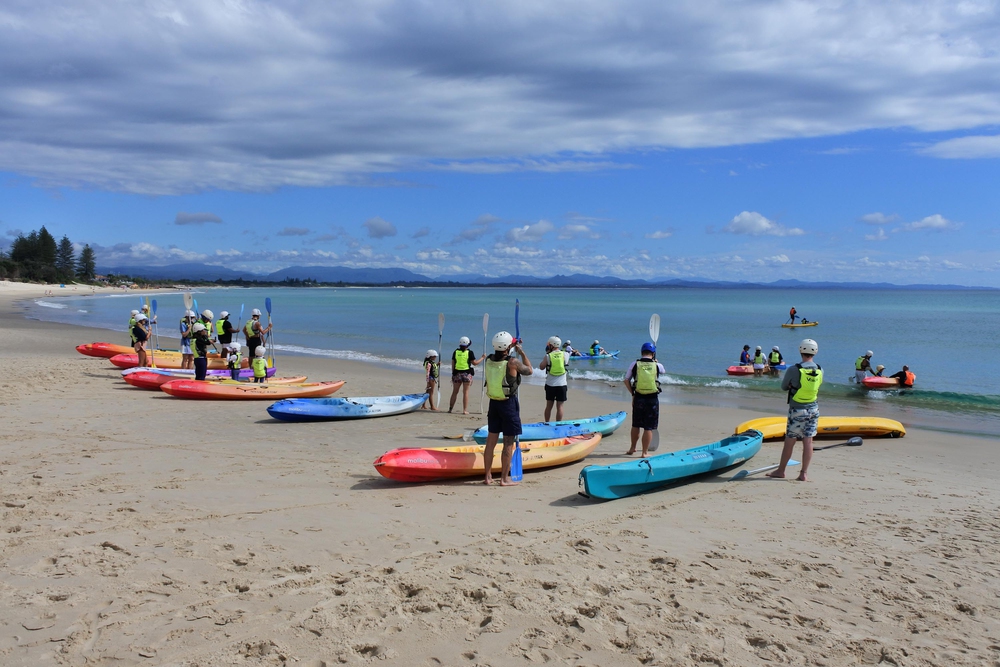
This counter-culture haven marks Australia’s easternmost point, offering consistent waves across multiple breaks suited to all skill levels. The Pass provides long, wrapping right-handers perfect for longboarding, while Wategos Beach offers gentle rollers ideal for beginners.
The town’s transformation from whaling station to hippie enclave to upscale surf destination hasn’t diminished its Bohemian spirit, with drum circles still gathering at sunset at Main Beach. Local ordinances prioritizing environmental protection have preserved the surrounding rainforest and marine ecosystems, creating a rare blend of excellent surf access and unspoiled natural beauty. The lighthouse walk has become a daily ritual for many visitors, rewarding early risers with panoramic ocean views and frequent dolphin sightings.
Like Travel Pug’s content? Follow us on MSN.
Uluwatu, Bali

Perched dramatically atop limestone cliffs on Bali’s Bukit Peninsula, this once-remote outpost has evolved into a world-class surf destination without sacrificing its spiritual significance. The wave at Uluwatu Temple breaks across multiple sections, offering barrels and walls that peel for hundreds of yards on the right swell.
Access requires descending narrow cliff steps through a canyon inhabited by monkeys before paddling out through a cave entrance—a journey that heightens the wave’s mystique. The adjacent Pura Luhur Uluwatu temple dates back to the 11th century and hosts nightly kecak fire dances as the sun sets over the Indian Ocean. The area’s development maintains a conscious balance between comfort and preservation, with cliffside warungs (simple restaurants) offering cold Bintang beers and front-row views of surfing action below.
Jeffreys Bay, South Africa
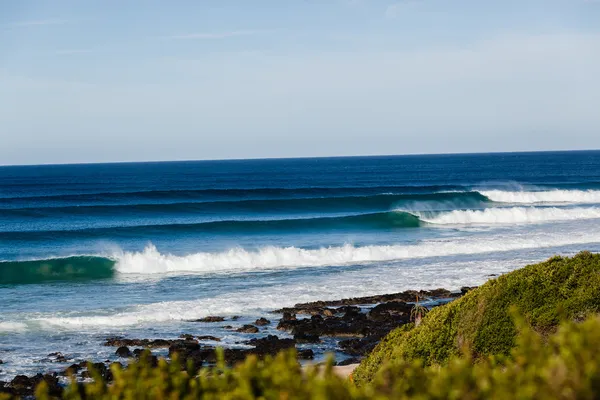
Known simply as “J-Bay” among surf enthusiasts, this Eastern Cape town hosts what many consider the world’s most perfect right-hand point break. Supertubes, the premier section, delivers mechanical-perfect walls that unfold for up to 300 yards, attracting professional surfers for annual championship events.
The town’s economy revolves almost entirely around surf tourism, with factories for major surf brands like Billabong and Quiksilver establishing southern hemisphere headquarters here. Between sessions, surfers can spot migrating southern right whales from shore between July and September or explore nearby Addo Elephant National Park. The town’s rural South African charm remains intact despite international recognition, with local surf shops still run by former professional surfers who share stories of the spot’s discovery in the 1960s.
Encinitas, California
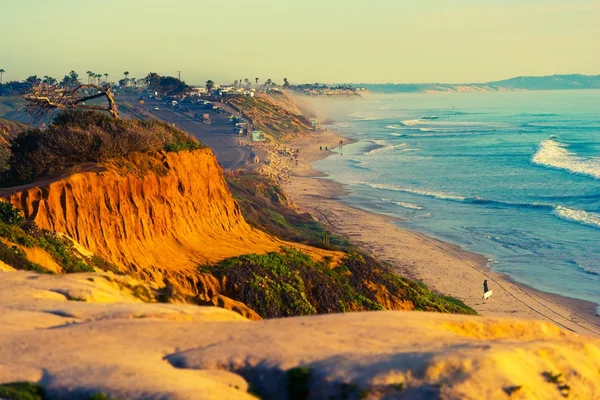
This quintessential Southern California surf town balances laid-back beach culture with sophisticated coastal living just 25 miles north of San Diego. Swami’s, immortalized in the Beach Boys’ “Surfin’ USA,” offers a world-class right point break best suited for experienced surfers, while Moonlight Beach provides gentler waves for beginners.
The town’s spiritual dimension stems from Paramahansa Yogananda’s Self-Realization Fellowship overlooking the ocean, its meditation gardens open to the public seeking tranquility above the surf. Local institutions like the La Paloma Theatre (operating since 1928) and Pannikin Coffee (housed in an 1888 train station) preserve the town’s historical character alongside modern surf shops and organic coffee shops. The annual Fall Festival and Wavecrest gathering of vintage woodie wagons celebrate the town’s enduring connection to classic surf culture.
Like Travel Pug’s content? Follow us on MSN.
Nosara, Costa Rica
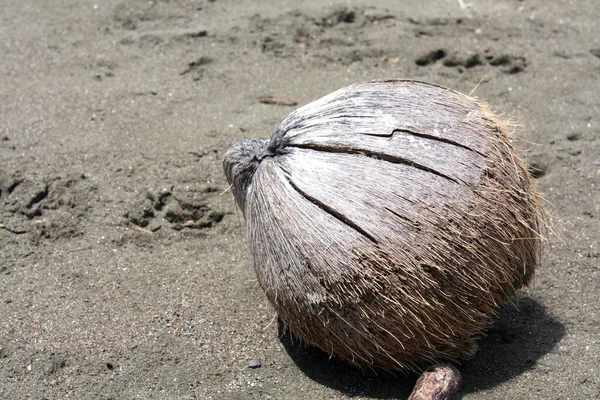
This remote Guanacaste peninsula town combines world-class surf breaks with a dedicated yoga and wellness community, creating a destination focused on holistic wellbeing. Playa Guiones offers a remarkably consistent beach break producing waves year-round, with offshore morning winds nearly 330 days annually.
The town’s development follows strict environmental guidelines—buildings remain hidden behind native vegetation, and sea turtle protection programs have operated since the 1980s. Unlike many Central American surf destinations, Nosara maintains high safety standards and clean water while intentionally avoiding over-commercialization—you won’t find high-rise hotels or chain restaurants here. The international community blends Costa Rican pura vida philosophy with conscientious expatriates who have established acclaimed restaurants, wellness centers, and surf schools throughout the jungle-lined dirt roads.
Raglan, New Zealand
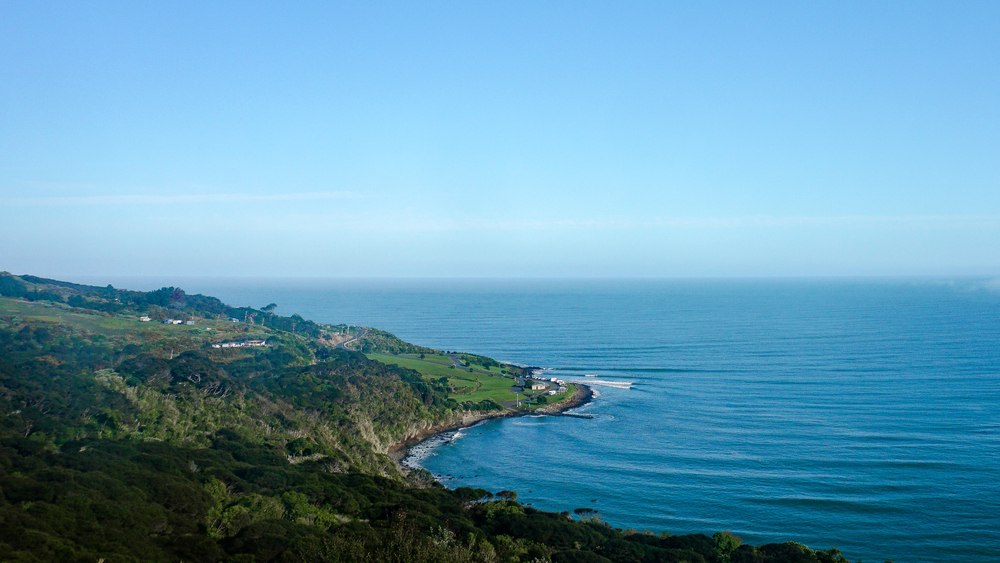
This artsy North Island town gained international recognition after featuring in 1966’s “The Endless Summer,” showcasing Manu Bay’s remarkably long left-hand point break. Under ideal conditions, rides can last up to 2 minutes along three connected point breaks—Indicators, Whale Bay, and Manu Bay—allowing surfers to cover nearly a mile on a single wave.
The town’s remote location three hours from Auckland has preserved its creative, environmentally conscious character, with numerous art studios, organic farms, and the famous Raglan Roast coffee. Indigenous Māori culture remains prominent, with the sacred Karioi mountain overlooking the surf breaks and local schools teaching traditional practices. The town’s commitment to sustainability appears in pioneering initiatives like the Raglan Recycling Centre, which began community-based waste reduction programs decades before they became mainstream.
Hossegor, France
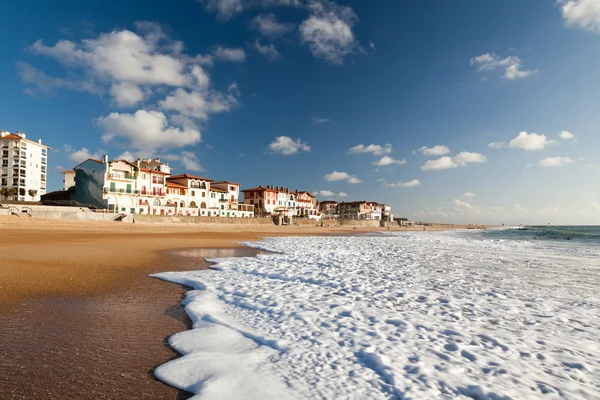
This sophisticated Landes forest town pairs Europe’s best beach breaks with French cultural refinement, creating a unique Atlantic surfing experience. The sandbars here create hollow, powerful barrels reminiscent of Hawaii’s North Shore, drawing professional surfers during autumn’s hurricane-generated swells.
Unlike many global surf towns, Hossegor maintains a distinctly European sensibility—surfers typically start mornings with espresso and fresh pastries before sessions, then finish days with local wine and regional Basque cuisine. The town’s seasonal rhythm follows the Atlantic’s moods, transforming from a summer beach resort to a hardcore surf destination when water temperatures drop and powerful northwest swells arrive. The surrounding pine forests and nearby Pyrenees mountains provide alternative outdoor activities when ocean conditions prove too challenging.
Like Travel Pug’s content? Follow us on MSN.
Punta de Lobos, Chile
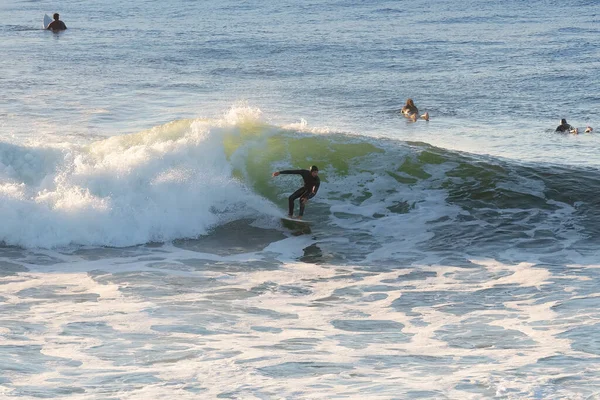
This rugged headland near Pichilemu has emerged as South America’s premier big wave destination, with powerful left point breaks wrapping around distinctive rock formations resembling a wolf’s paw. The main break handles swell up to 30 feet, attracting big wave specialists during the Southern Hemisphere winter when massive storms generate consistent groundswells.
Local legend Ramón Navarro has led conservation efforts to preserve the point’s natural character, successfully campaigning against development projects that threatened the area’s ecological integrity. The town retains authentic Chilean coastal culture—fishermen still launch boats from the shoreline using a traditional pulley system, while local markets sell freshly harvested seafood and produce. The Mediterranean climate supports nearby vineyards producing excellent wines that complement the region’s outstanding seafood.
Taghazout, Morocco
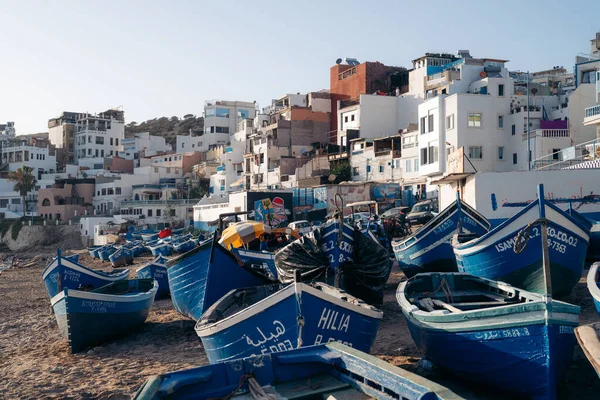
This former fishing village beneath the Atlas Mountains offers remarkable point breaks along a dramatically arid coastline just 30 minutes from Agadir. Anchor Point, the premier wave, delivers right-hand walls that reel for hundreds of yards across a rocky reef, while Panoramas and Killer Point provide additional world-class options within walking distance.
The town’s distinctive architecture features white buildings with blue trim climbing hillsides above the harbor, where colorful fishing boats still launch daily. Cultural authenticity remains despite growing tourism—call to prayers sound five times daily from the local mosque, traditional tagines simmer in family restaurants, and mint tea ceremonies conclude meals. Winter brings perfect wave conditions coinciding with pleasant temperatures, creating an ideal Northern Hemisphere winter escape for European surfers.
Tofino, Canada

This remote Vancouver Island outpost delivers surprisingly consistent surf despite its northern latitude, with waves breaking along 35 miles of beaches within Pacific Rim National Park. Cox Bay, Chesterman Beach, and Long Beach offer different wave characteristics suited to all levels against a backdrop of temperate rainforest that meets the Pacific Ocean.
The town embraces its wild environment through a unique cold-water surf culture—5mm wetsuits, boots, and hoods are standard equipment even in summer months when water temperatures rarely exceed 55°F. Between sessions, surfers might spot gray whales migrating offshore or black bears foraging along forest edges. The thriving culinary scene features sustainable seafood at renowned establishments like SoBo and Wolf in the Fog, where chefs transform locally harvested ingredients into sophisticated Pacific Northwest cuisine.
Like Travel Pug’s content? Follow us on MSN.
Arugam Bay, Sri Lanka

This crescent-shaped bay on Sri Lanka’s east coast delivers perfect right-hand point breaks during the summer monsoon season when much of Asia experiences unfavorable surf conditions. The main point offers several sections creating rides up to 400 yards long, while nearby Pottuvil Point and Whiskey Point provide additional options within tuk-tuk distance.
The predominantly Muslim fishing village has adapted to surf tourism while maintaining its traditional character—fishermen still launch colorful wooden boats each morning while surf camps operate alongside family guesthouses. The surrounding area features extraordinary wildlife viewing opportunities at Kumana National Park, where elephants, leopards, and crocodiles roam just miles from the surf breaks. Post-session meals typically feature fresh seafood curries made with traditional Sri Lankan spice blends available nowhere else.
Mundaka, Spain
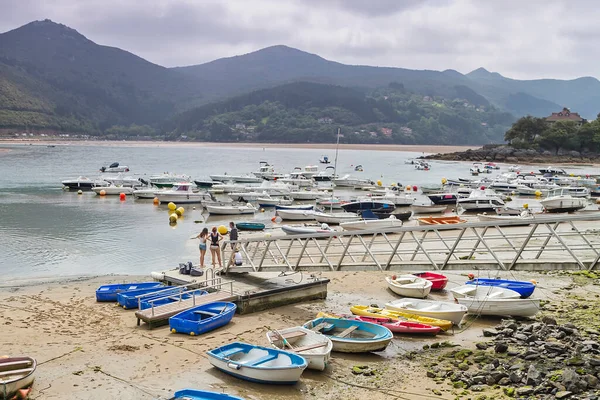
This medieval Basque fishing village guards what many consider Europe’s finest wave—a powerful left-hand barrel breaking over a river mouth sandbar and peeling for up to 400 yards along the harbor wall. The wave’s quality stems from perfect geography—the Oka River deposits sand, creating an ideal bottom contour, while the bay’s orientation captures Atlantic swells and channels them perfectly into the estuary.
The town’s narrow cobblestone streets, heritage buildings, and working harbor maintain authentic Basque culture despite international surf recognition. Local traditions like rowing regattas and pintxo bar-hopping continue alongside surf competitions, while the nearby Urdaibai Biosphere Reserve protects surrounding wetlands vital to migratory birds. Fall brings the most consistent conditions, coinciding with harvest festivals celebrating local txakoli wine production.
Pavones, Costa Rica
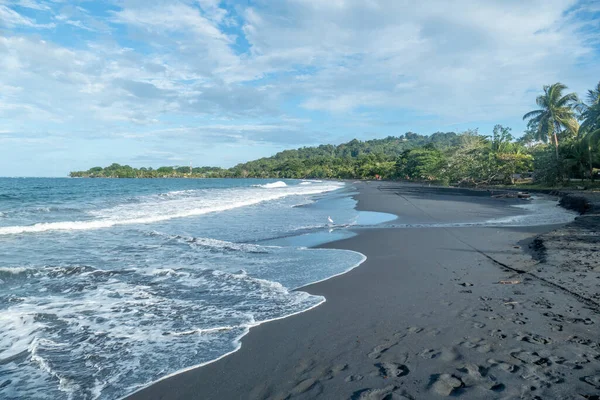
This remote southern Costa Rican outpost near the Panama border boasts one of the world’s longest left point breaks, delivering rides lasting up to three minutes under perfect conditions. The wave requires significant southern hemisphere swell to break properly, making each epic session feel earned through patience and timing.
The town’s isolation—requiring hours on rough dirt roads to access—has preserved its undeveloped character, with electricity arriving only in the 1990s and cellular service remaining spotty. The surrounding rainforest houses extraordinary biodiversity, including scarlet macaws that frequently fly overhead during surf sessions. Local conservation initiatives focus on protecting the Golfo Dulce, one of only four tropical fjords worldwide and an essential habitat for migrating humpback whales from both hemispheres.
Like Travel Pug’s content? Follow us on MSN.
Ericeira, Portugal

This whitewashed fishing village perched on dramatic Atlantic cliffs became Europe’s first World Surfing Reserve in 2011, protecting seven world-class waves within a 2.5-mile stretch. Ribeira d’Ilhas serves as the crown jewel—a consistent right-hand point hosting international competitions—while nearby Coxos delivers challenging barrels for experienced surfers.
The town balances traditional Portuguese culture with international surf influence, as cobblestone squares and centuries-old churches stand alongside modern surf shops and training facilities. Maritime traditions remain strong, with fishermen still using traditional methods to harvest barnacles from coastal rocks between surf breaks. The local cuisine combines Atlantic seafood with Portuguese cooking traditions, producing specialties like açorda de marisco (seafood bread stew) perfectly suited for replenishing energy after cold water sessions.
Torquay, Australia
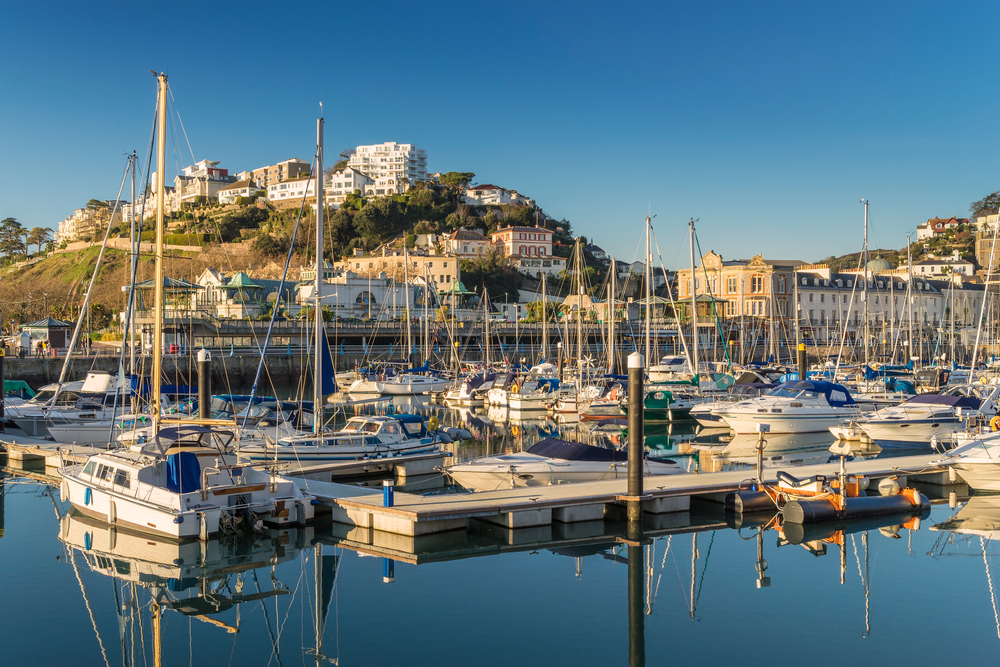
This Victorian coastal town represents the birthplace of Australia’s surf industry as the founding location of iconic brands Rip Curl and Quiksilver in the late 1960s. Bells Beach, just outside town, hosts the world’s longest-running professional surfing competition, with its powerful right-hand point break challenging competitors since 1962.
The surrounding coastline offers remarkable wave diversity, from beginner-friendly Jan Juc to the heavy reef break at Winki Pop. The Australian National Surfing Museum preserves the sport’s history through vintage boards, photographs, and memorabilia documenting Indigenous Australian wave-riding traditions dating back thousands of years. The start of the Great Ocean Road provides spectacular coastal drives connecting multiple surf breaks, while nearby breweries like Bells Beach Brewing create craft beers named after local surf spots.
Hiriketiya, Sri Lanka
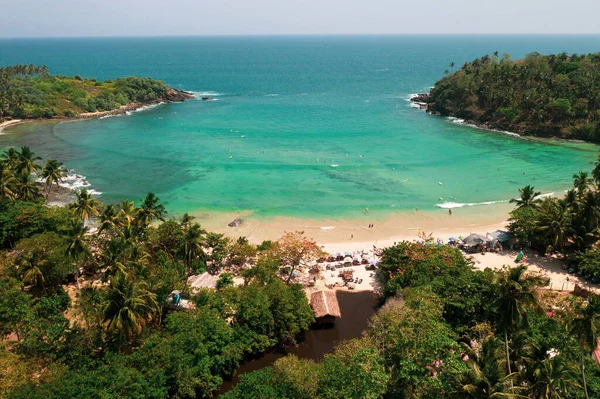
This horseshoe-shaped bay on Sri Lanka’s southern coast has rapidly evolved from a fishing cove to a surf destination while maintaining a delicate balance between development and preservation. The bay offers a perfect learning environment with gentle inside waves alongside a more challenging reef break at the eastern point, delivering hollow right-handers.
Unlike the country’s more established surf zones, Hiriketiya’s development has incorporated environmental considerations from the start—buildings remain low-rise, many accommodations use solar power, and plastic reduction initiatives operate throughout the bay. Local farmer’s markets supply restaurants with fresh tropical ingredients, while yoga studios and cacao ceremonies provide alternative activities between surf sessions. The nearby village of Dickwella maintains traditional Sri Lankan life just minutes from the emerging surf scene.
Like Travel Pug’s content? Follow us on MSN.
Riding the Global Wave

These 17 towns represent what happens when perfect waves meet communities that embrace surf culture while preserving their authentic character. The best surf towns maintain a delicate balance—welcoming enough to make visitors feel at home while different enough to provide genuine cultural experiences beyond the waves.
As surfing continues growing globally, these destinations demonstrate how coastal communities can develop around wave riding without sacrificing the environmental qualities and cultural authenticity that made them special in the first place. For those organizing their travels around swell charts and tide tables, these towns offer the perfect combination of quality waves and meaningful experiences both in and out of the water.
More from Travel Pug

- Cities Growing so Fast You Won’t Recognize Them in 10 Years
- 13 Destinations Where Tourists Regularly Regret Their Trip
- 16 U.S. Cities That Are Quietly Becoming Travel Hotspots
- Where to Travel If You Love Long Bus Rides and Daydreams
- 20 Cities Perfect for Solo Travelers Who Crave Adventure & Culture
Like Travel Pug’s content? Follow us on MSN.
